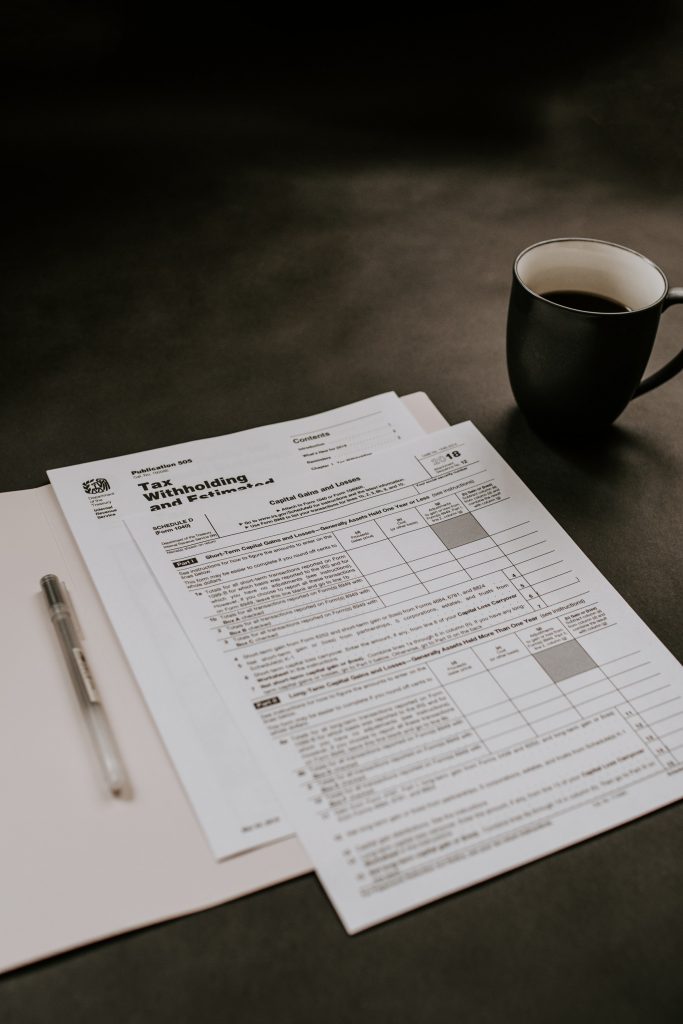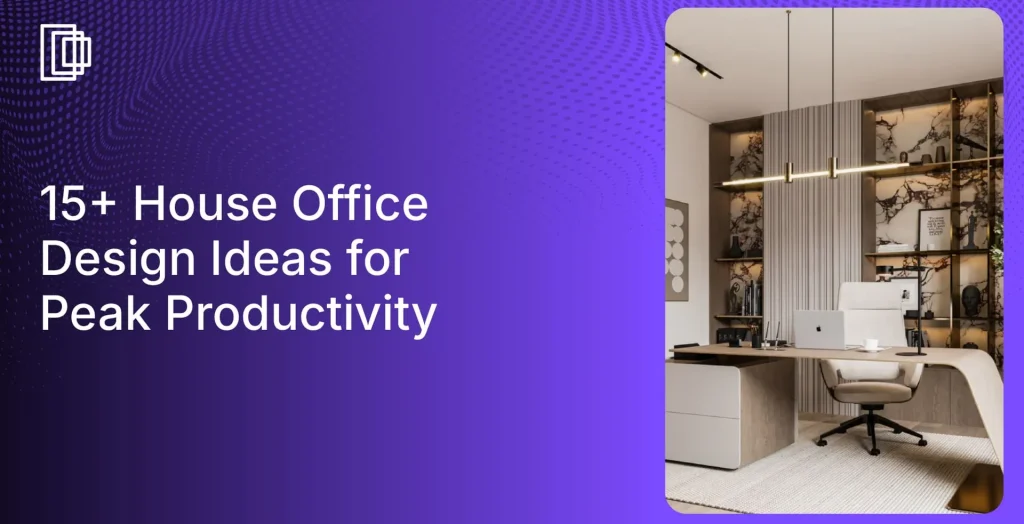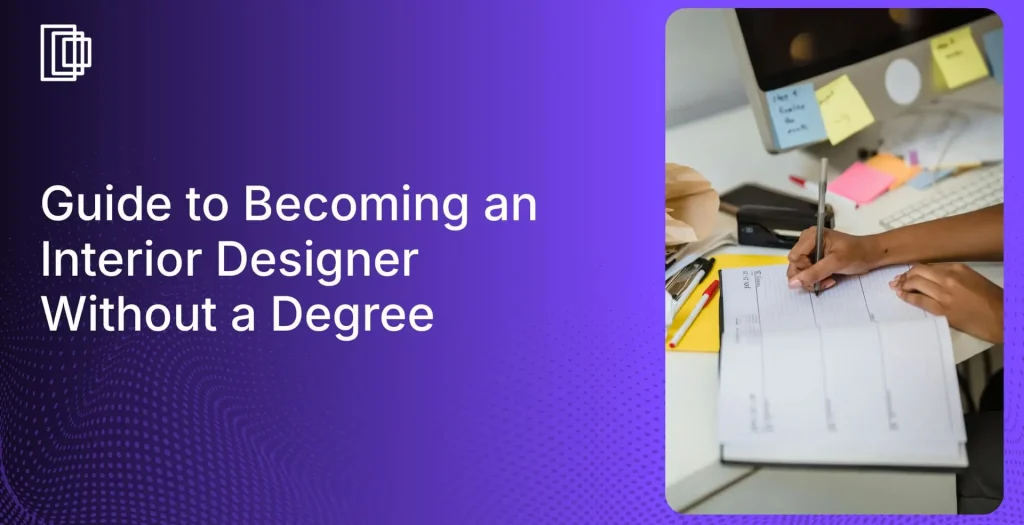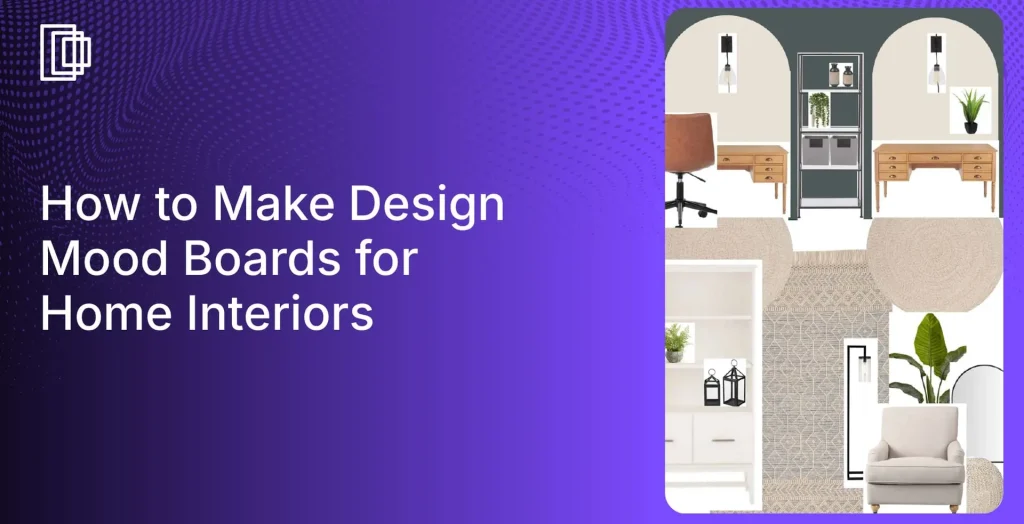What Does Bookkeeping Mean?
Bookkeeping is a method in which every financial activity of a business is documented. The bookkeeper’s key role is to log, store, and retrieve financial records and transactions. This keeps track of all money that comes in or out of a company as well as its debts or the money to be collected. Sole proprietorships, partnerships, LLCs, NGOs, and corporations must all record every financial activity of the company.
Though no two businesses are the same, clarity and stability in how any business deals with its financials is crucial. This is particularly relevant for your interior design business, as it is one of the most complex businesses to manage, with numerous moving pieces, participants, stages, paperwork, and accounting. Even the simplest design projects entail multiple orders, and payments to vendors and contractors, and inversely payments from customers.
Image Credit: mdtaxattorney.ccom
While most designers are busy with the incessant creative end of the business, it’s easy to overlook the potential financial pitfalls of the industry. As an interior designer, while you make sure the design and execution are flawless, interior design bookkeeping lets you rest assured of its financial liabilities and profits.
With multiple stages of design involved, it’s easy to forget to invoice the client or collect on the bills or miss a tax deadline. Ensuring your company has a solid bookkeeping service will keep the proposals, invoices, payments, and taxes in sync and maintain good financial health.
A typical accounting workflow of a bookkeeper at an interior design firm may include the following:
- Once a proposal of a design or item has been passed by the clients, invoicing the goods or service fee is foremost.
- Recording the payment once received or marking the outstanding invoices to be collected is the next step
- Purchase orders must be created immediately from the paid client invoices.
- Payments owed by the company or the client (in case of direct dealings) to contractors, suppliers, etc., should be then recorded.
- Payments owed to suppliers, vendors, and contractors must be issued and recorded.
- Documenting employee salary and payments should be strictly regular.
- Recording and assisting with payroll taxes and deductions is also a must.
- Keeping a meticulous tab on financial activities with the help of project management systems and preparing reports.
- Equating bank financial statements should be done in real-time.
- Assisting the accountant or CPA with records and information for taxes and turnovers.
Overwhelming as the process sounds, there are certain tips interior designers can keep track of depending on the size of your business, industry, and how you’re incorporated.
Read also – 12 Best eLearning Courses for Interior Designers
15 Bookkeeping Tips for Interior Designers and Firms:
1. Choosing how to keep the books
Choosing to stick to chequebooks may seem simple at first, it’s neither always viable nor efficient. Planning how you are going to maintain balance books and prepare financial statements is vital. While programs like MS Word and Excel are incompetent for a growing business, there are many expense tracking and accounting software available at affordable prices for business owners.
2. Keep time
It is easy to lose track of time and forget to log in the hours spent on a project, costing the firm money. Meticulous records of the amount of time put in a project are required to bill the client. Making a company policy of logging in hours can prevent you from underestimating the hours spent on a project, especially when outdoors.
Read also – 12 Time Management Tips for Interior Designers
3. Day-to-day bookkeeping
Efficient bookkeeping keeps track of transactions, bank statements, debit and credit card statements, purchase orders, payroll statements, helps organize all your income and expenditures, which helps you plan for the future of the firm. Regular bookkeeping allows small businesses to budget appropriately and avoids financial instability.
It helps you analyze your firm’s performance over time and spot financial mistakes or inaccuracies easily. If your interior design firm makes seasonal profits, regular bookkeeping can point you towards better operations.
4. Maintain detailed records
Once recorded, it is important that you store all the documentation in an organized and accessible manner, made easy by cloud backup nowadays. This not only lets your track your company’s finances and progress over the years, but you may need to make these receipts and proofs of transactions available to your CPA or during possible audits.
Read also – 10 Best Investment Tips for Interior Designers
5. Procurement and purchasing
While a project is running headlong, it is unlikely as an interior designer you can keep tabs on bookkeeping. However, you should always involve the use of purchase orders during a project. Projects orders allow for errors to be caught easily, allocate expenses, and fast-track invoices.
Failing to follow up on purchase orders can cause the projects to get delayed or clients to get overcharged or undercharged. Clear and systematic communication with vendors and sellers and promptly creating purchase orders and processing payments, expediting and tracking order status on behalf of the clients, are all ways to facilitate efficient bookkeeping.
Read also – Interior Design Sourcing and Procurement
6. Start logging activities
For interior designers, with so many steps involved in each project, it makes sense to track every process methodically. Logging activities regularly such as proposals, time billing, invoices created, sales, payments made, etc., lets you keep a clean and detailed record that can aid the bookkeeping process. At the least, a weekly log is recommended for even small businesses.
7. Working with deposits
It’s a good idea to hold off any client purchasing till you collect payments from the clients. Using company money should be avoided in case an order gets canceled or the client rejects an item. In case of any changes in the proposed prices, it is imperative to reflect the same immediately in the deposits and invoicing. Breaking up project phase-wise makes updating bookkeeping and deposits organized.
Read also – 15 Best Interior Design Software
8. Getting business loans
An updated and dependable financial statement can help small interior design businesses secure bank loans. Generating accurate bookkeeping records lets banks feel confident about the stability of your company and you can take advantage of various schemes available.
9. Track recoverable expenses
Keeping track of recoverable expenses is necessary to save the company money. For instance, travel undertaken during a project or site visit can be billed to the client and reimbursed.
Efficient bookkeeping makes sure to record these expenses and ensure it doesn’t go from the company profits.
Read also – 10 Online Reputation Management Strategies for Interior Designers
10. Sales tax filings and government reporting
Keeping track of sales and income tax and submitting filings in a timely manner helps keep your company from defaulting. Complying with government regulations payroll taxes must also be filed. Monthly or quarterly reports come in handy for filing taxes.
Image Credit: unsplash.com
11. Grabbing tax deductions:
Similarly, along with paying necessary taxes, diligent bookkeeping can help you spot areas where you can avail of tax deductions or rebates on purchases and transactions. Thus timely and organized accounts will help the firm save money and thus increase profits.
Read also – 15 Tips To Raise Funds for Interior Design Business
12. Generating reports
Regular and updated financial statements are beneficial to interior design firms. Investors and stakeholders demand transparent access to reports of transactions and the financial growth of the company that can be provided through good financial reporting. It can also help to draw new investors should wish to attract any.
13. Be consistent
Finally, boring and arduous as it might seem, it’s necessary to make a schedule for regular bookkeeping activities and stick to it. Being consistent is the key to efficient and impeccable bookkeeping.
This not only lets your firm keep abreast of its expenditures and profit margins, but also lets you warn the clients of new costs, exceeded budgets, and leftover expenses. Thus there are no risks and surprises involved.
Read also – 15 Problems Most Interior Design Business Faces
14. Personal and business account
It is never a good idea to use your debit or credit cards for business, or vice versa. This will ensure that you don’t pay for a customer’s purchase, miss a tax-deductible or forget to collect a reimbursement. Keeping separate accounts is important for clean bookkeeping devoid of daily personal transactions.
15. Client account
You can also take it one step ahead and keep the third account specifically for client deposits. This way only profits or final income can be reflected in the company account, preventing you from accidentally spending the cash on another project or personal expense.
Read also – 10 Best Client Management Tips for Interior Designers
6 Focus Areas When Hiring A Bookkeeper:
1. Cash flow is king
Running an interior design firm means there may be unavoidable situations where you may be required to urgently put your cash into buying goods or services you’re your clients. This means you end up using your company money or trade account for the same.
Your bookkeeper should be well versed with the process of interior design to keep you informed about such transactions, invoice them, make sure to collect on them later and file any tax-deductible that might apply to them. A vigilant bookkeeper who is in constant communication with your team about income, payouts, expenses, etc., is what you want.
Helpful tips:
- Use a trade account that has a comfortable cash cushion to make purchases on behalf of clients to be safe.
- Alternately you can use a credit card with lower interest rates for the same. Your bookkeeper should also be alert to not miss these payment deadlines and make use of the rewards points reaped for the company.
- If you see a big purchase coming up ahead, your bookkeeper should be able to remind and facilitate the collection of a deposit from the client.
Read also – 10 Tips To Improve Cash Flow for Interior Design Business
2. It's all in the details
With the complex steps involved in each phase of interior design, it makes sense if your bookkeeper is one with an eye for details.
Recording every purchase or sale made, keeping a note of upcoming expenses for annual or monthly regulars such as renewal of software license, utility bill, etc., should be part of the accounting process.
Make sure the accounts department is also well versed with online software such as Quickbooks or Xero for effective recording of cost of goods sold, invoices, etc., that can be immediately assigned to a client or project.
Ensuring your profit margin is added to goods and services applicable before billing the client.
Read also – 10 Best Ways T0 Stop Losing Money in Interior Design Business
3. Time tracking
It is easy to lose track of time when working on a project as we mentioned before. Especially if you are working on a flat fee rate or square footage rate, your bookkeeper can run time tracking programs like harvest, QuickBooks online or tracking time, that let you estimate the true value of your time put into the project and thereby help you charge fees that are not just fair but also truly profitable in proportion to the resources and energy spent.
Make sure your team spends allocated time regularly with your bookkeeper the time spent on each project.
Read also – 16 Interior Design Rules Every Interior Designer Should Follow
4. Product returns
Just like in our personal lives, it important that you keep an eye on credit due back to your firm when a product is returned.
With many projects and client purchases happening parallel, it’s your bookkeeper’s job to ensure that any expected returns are properly accounted for and compensated for.
5. Sales tax
Sales tax in an industry like interior design can get tricky fast. With so many sales and purchases, and middlemen involved, a bookkeeper who knows the ins and outs of not just the tax laws but also this particular field, will mean that you don’t miss out on paying taxes or collecting the due rebates and benefits that are offered to those in this profession.
Read also – 15 Best Client Retention Strategies For Interior Designers
6. Profitability
Finding someone who enjoys and understands the business and finance side of the design is a win for you as a designer. This means that while you immerse yourself in the creative end of a project, someone can take charge and guide you to make more profits doing exactly what you love. This way you know exactly how much to charge as fees, keep as markups, and finally how to effectively collect the same.
If you’re seeking help and information on how to turn your passion into a lucrative business, the community at Foyr aides you with just that. We aspire to provide you with a platform where you can share ideas, connect with like-minded people and make even spot your dream team!











